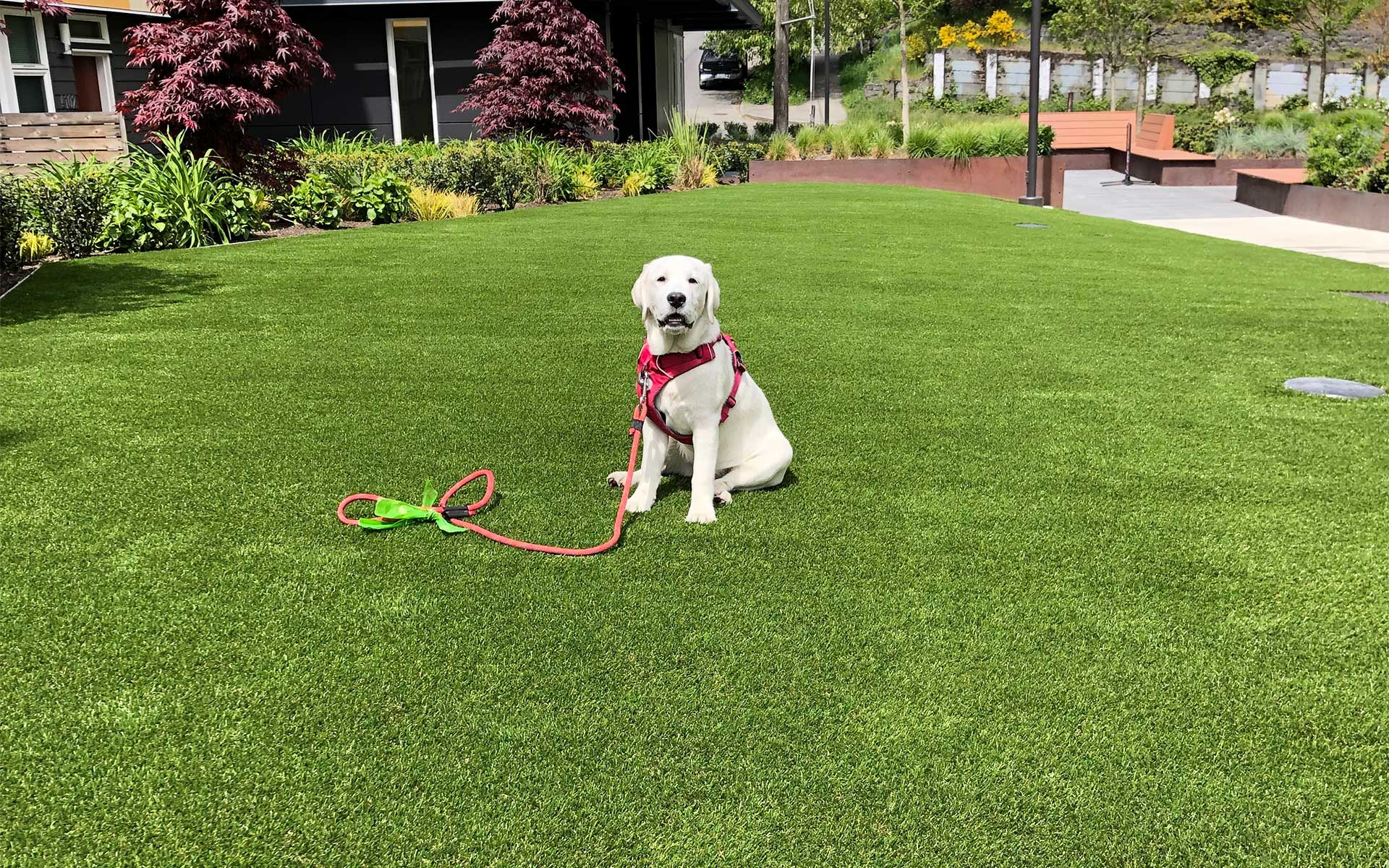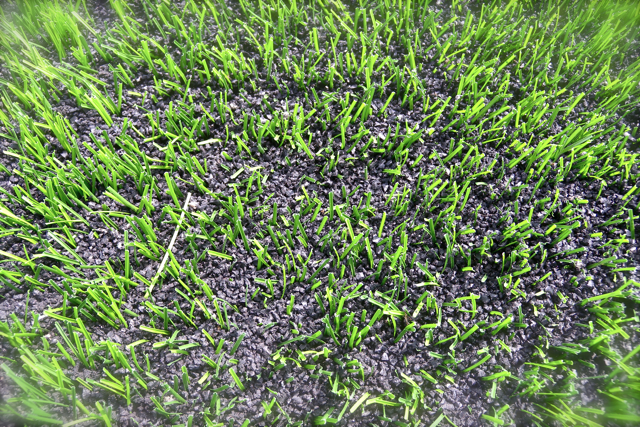Professional Arizona Turf Installation Solutions for Home and Commercial Use
Professional Arizona Turf Installation Solutions for Home and Commercial Use
Blog Article
See Why Homeowners Prefer Synthetic Grass for Lasting Landscaping Practices
As property owners significantly prioritize sustainability in landscaping, synthetic grass has emerged as a compelling choice to conventional lawn. Its capacity to conserve water, reduce maintenance efforts, and minimize ecological effect positions it as a practical option for those looking for environment-friendly services. The aesthetic appeal and convenience of artificial grass provide to varied layout choices. The ramifications of this shift expand beyond plain convenience and appearances, motivating a better exam of exactly how these choices affect broader environmental outcomes. What continues to be to be discovered is the full scope of advantages that man-made turf can supply to property owners and the atmosphere alike.
Water Conservation Benefits
Among one of the most substantial advantages of synthetic lawn is its role in water preservation. Typical turf yards need significant quantities of water to keep their rich look, often causing overuse of neighborhood water resources, especially in arid areas. On the other hand, synthetic grass removes this demand totally, as it does not require irrigation. This not just conserves water but also minimizes the stress on community water supply, particularly during dry spell problems.
Furthermore, the installation of synthetic grass can add to a much more lasting landscape. Home owners can significantly decrease their water bills, permitting for reallocation of sources to other ecological initiatives or family usages. Furthermore, artificial turf is developed to stand up to different weather conditions without the demand for supplementary watering, making it an excellent option for areas facing water scarcity.
The ecological advantages prolong past immediate water cost savings. By reducing water intake, synthetic grass aids to reduce the influences of climate change, protecting crucial communities that are endangered by too much water removal. As sustainable landscape design methods obtain grip, synthetic grass arises as a responsible option for homeowners seeking to create environmentally friendly outside spaces.
Lowered Maintenance Initiatives
Synthetic grass substantially reduces maintenance initiatives compared to conventional turf yards. With synthetic turf, property owners can remove the taxing tasks related to all-natural landscaping, such as mowing, fertilizing, and weeding. This not just saves beneficial time but additionally lowers physical labor, making grass care obtainable for people of any ages.
Standard grass need regular trimming to maintain an aesthetically pleasing height, whereas fabricated turf remains continually lavish without the requirement for reducing. Furthermore, property owners no longer need to apply plant foods or chemicals, which are often needed to maintain natural lawn healthy.
In addition, synthetic grass is durable and resilient, requiring minimal upkeep past occasional cleaning and washing to get rid of debris. This convenience of maintenance enables property owners to enjoy their outside areas without the consistent worry of maintenance, giving more time for leisure and household tasks. Eventually, the lowered maintenance efforts connected with synthetic grass make it an appealing alternative for those looking for a low-maintenance, aesthetically appealing landscape.

Environmental Impact Reduction
There is a growing acknowledgment of the environmental benefits connected with synthetic lawn, especially in regards to water conservation and decreased chemical usage. Typical grass need substantial amounts of water, especially in drought-prone areas, leading to boosted strain on neighborhood water sources. In comparison, artificial lawn eliminates the need for irrigation, drastically decreasing water usage and promoting sustainability.
Furthermore, traditional grass upkeep often entails the application of pesticides, plant foods, and herbicides, which can add to soil and water contamination. Man-made turf alleviates this environmental threat by needing very little maintenance and basically getting rid of the need for damaging chemicals. This not just enhances dirt health and wellness however additionally protects regional ecosystems from poisonous runoff.
Furthermore, the manufacturing of natural grass yards usually entails using fossil gas for trimming and landscaping equipment, further contributing to greenhouse gas emissions. By picking synthetic turf, property owners can substantially decrease their carbon footprint connected with grass care activities.
Aesthetic Allure and Convenience
Along with its ecological advantages, fabricated turf supplies considerable visual charm and convenience for landscape design. Property owners can attain a rich, environment-friendly appearance year-round, getting rid of the seasonal fluctuations generally connected with natural grass. This constant visual not only enhances the visual charm of a building however also contributes to a polished and well-kept look.
Additionally, man-made lawn is offered in a variety of structures, colors, and designs, permitting customization to match private preferences and design styles - Arizona artificial turf. Whether used in property yards, commercial rooms, or leisure locations, it can effortlessly integrate right into varied landscape design styles, from modern minimalist to rich exotic setups
The flexibility of fabricated turf extends beyond mere look; it can be mounted in different areas, consisting of roofs, patio areas, and even indoor areas, developing possibilities for one-of-a-kind landscaping solutions. Additionally, it is appropriate for a series of activities, from kids's backyard to pet-friendly settings, offering capability without jeopardizing style.
Ultimately, the aesthetic charm and flexibility of man-made turf make it an appealing option for house owners seeking lasting landscape design services that do not compromise appeal for environmental duty.

Long-Term Price Savings
Among one of the most engaging benefits of synthetic grass is its possibility for long-lasting cost savings. Unlike all-natural grass, which needs regular maintenance-- consisting of mowing, watering, feeding, and insect control-- synthetic grass significantly reduces these ongoing expenditures. House owners can save a considerable quantity on water bills, especially in regions where water scarcity is a pressing issue. The removal of grass care solutions additionally adds to economic cost savings, as there is no requirement for specific tools or labor.
Additionally, synthetic turf has a lifespan of 15 to 25 years, relying on its quality and use. This durability minimizes replacement prices, making browse around this site it an extra affordable option over time. Additionally, the first investment in man-made turf can frequently be recovered through the cost savings built up gradually.
While the upfront websites price may appear higher compared to turf setup, the cumulative savings from reduced maintenance and water usage often exceed these initial expenditures. Eventually, the adoption of synthetic lawn not just promotes a sustainable landscape design service yet likewise uses house owners a financially savvy alternative that aligns with long-term budgeting goals.
Conclusion
Artificial turf arises as a compelling alternative for sustainable landscape design, supplying significant advantages in water conservation, lowered upkeep efforts, and lessened ecological effect. As areas increasingly prioritize ecologically pleasant practices, the adoption of artificial turf represents a dynamic action towards accomplishing resistant and lasting landscapes.
Additionally, fabricated turf is created to stand up to various weather problems without the need for supplementary watering, making it an excellent selection for regions encountering water shortage. (Arizona turf)

Synthetic grass emerges as an find here engaging option for sustainable landscape design, providing considerable benefits in water preservation, reduced upkeep efforts, and reduced environmental effect.
Report this page